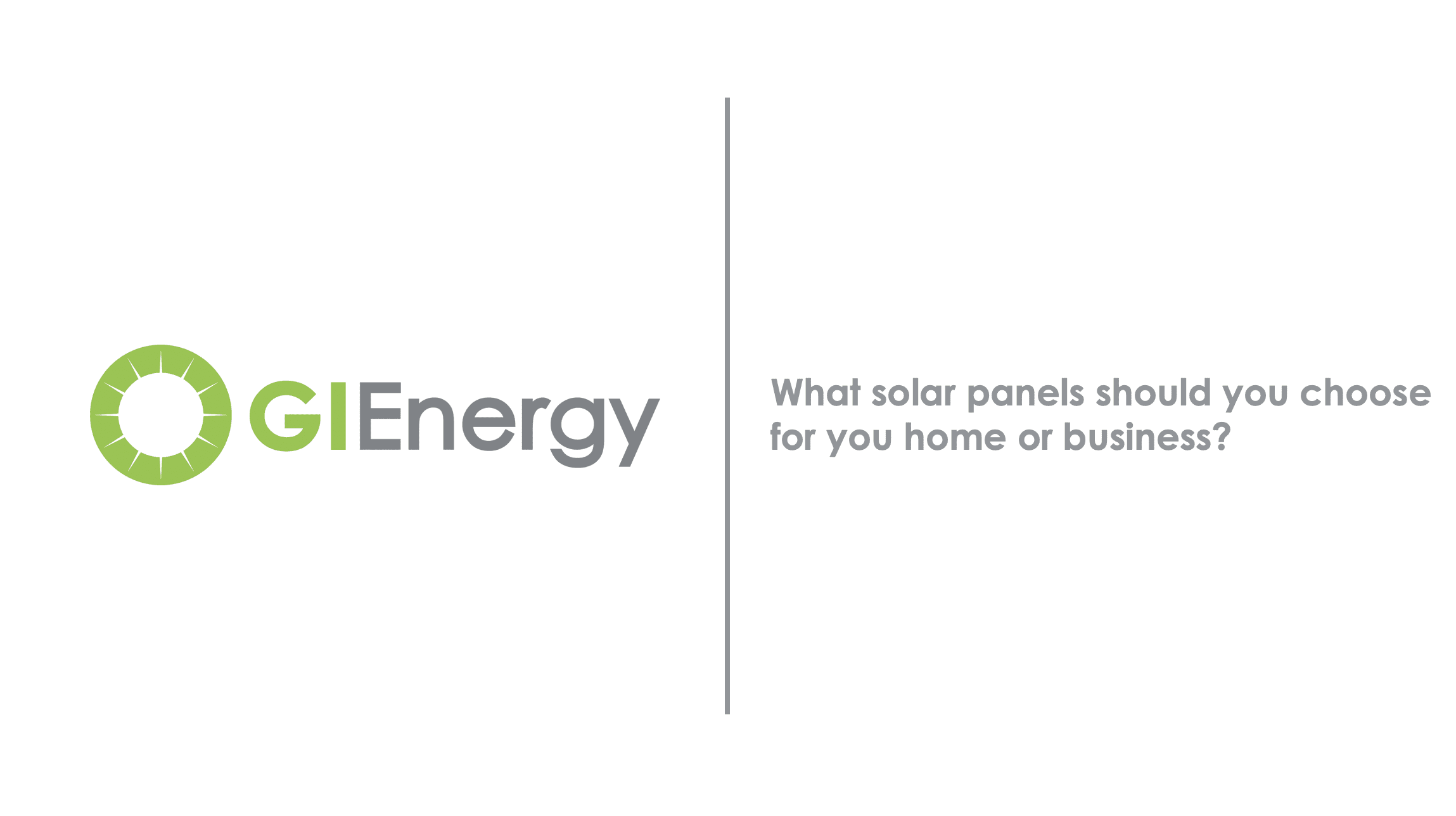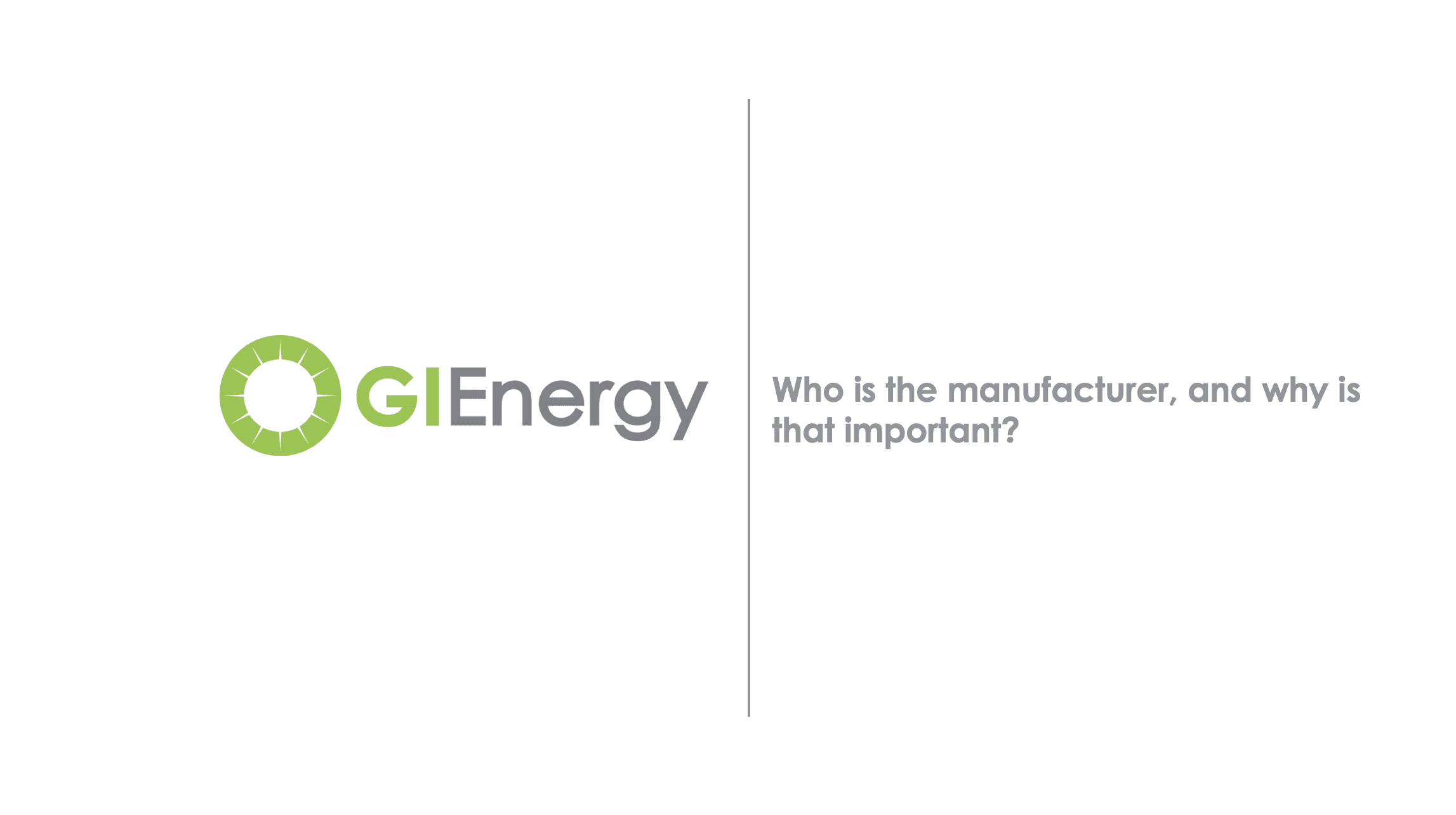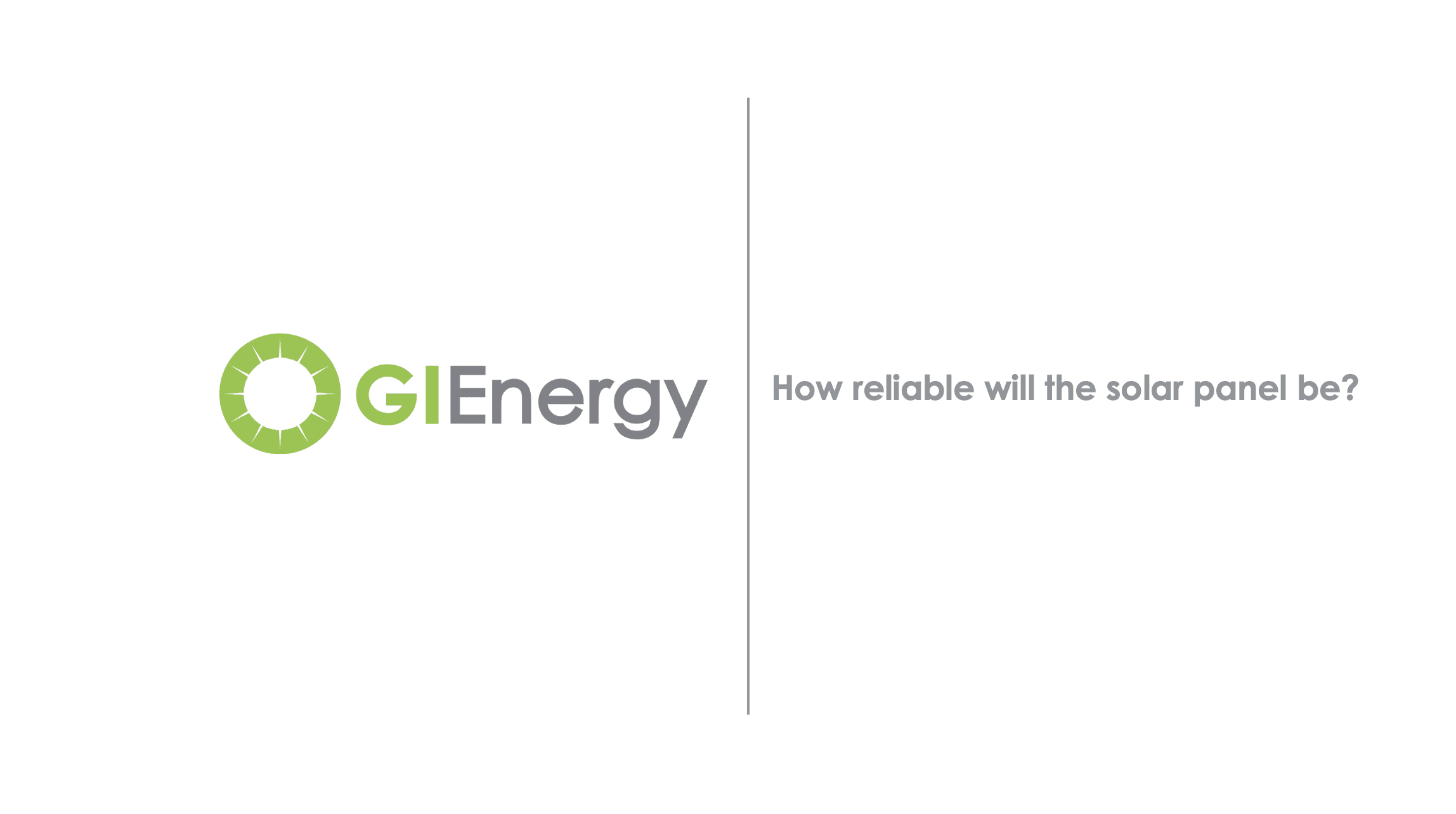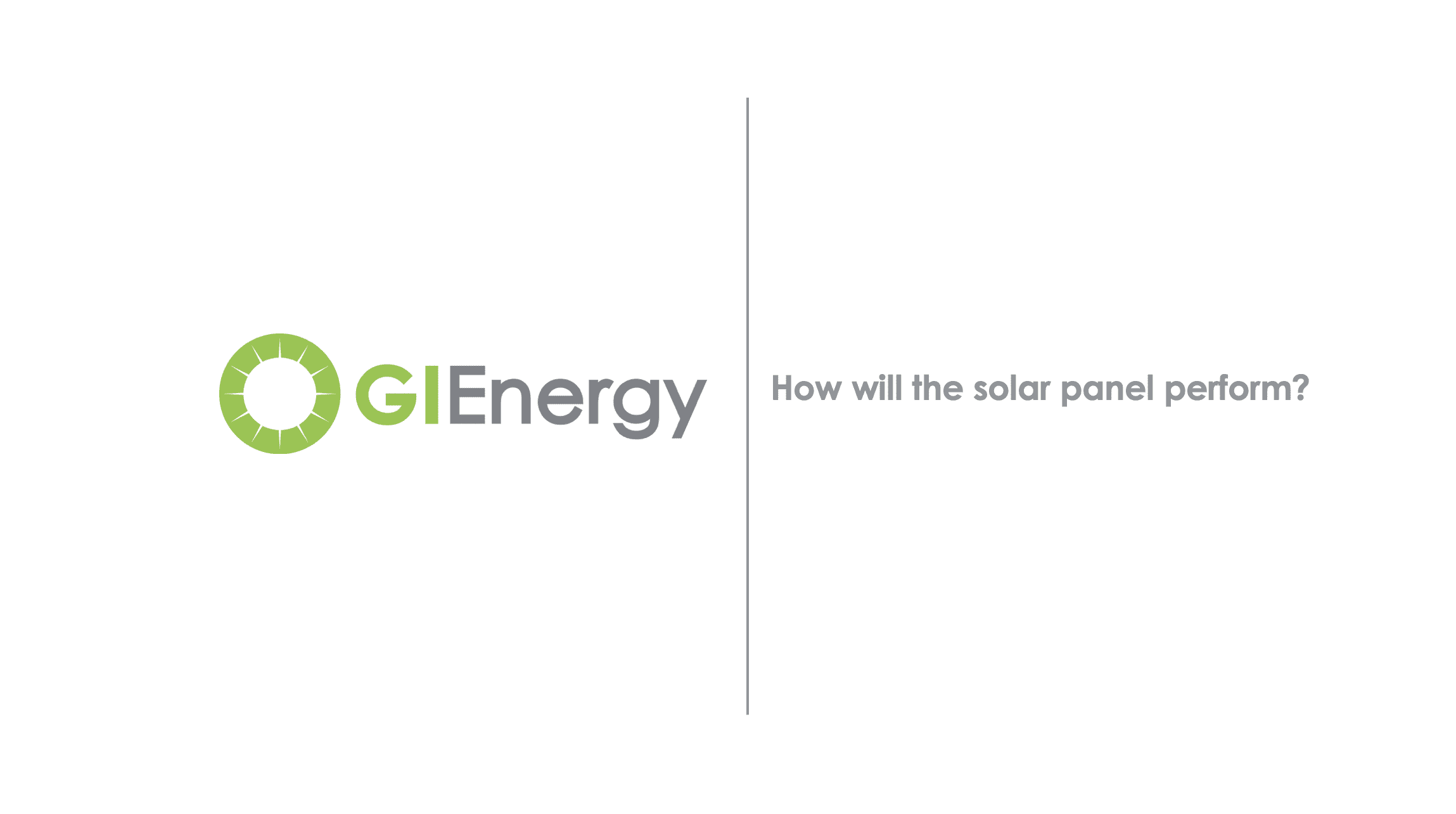What are the best solar panels to install at my home or business?
What is the best solar panels in 2023 in Australia? And what solar panels should you install for your home or business? We take a look at the most popular brands of solar panels in Australia and determine which are the best for you.
The chart below displays all the solar panel manufacturers we are discussing in this article – in no order of preference.
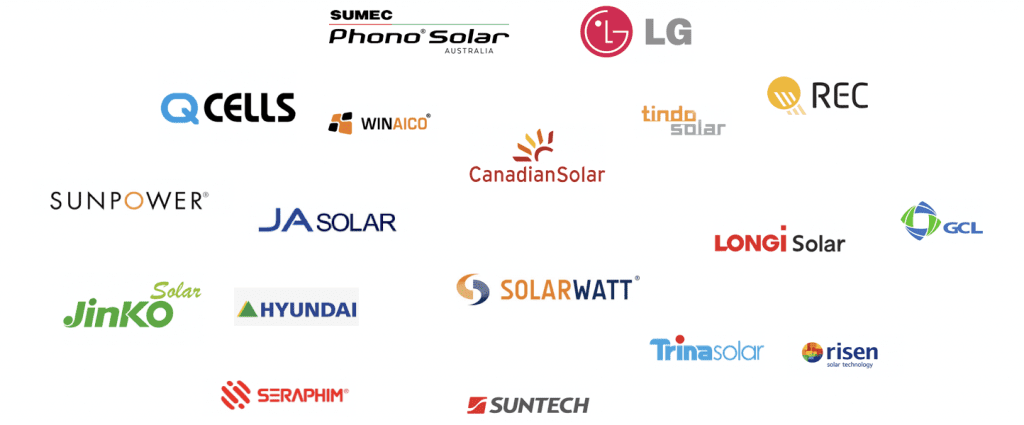
This article shows the following: Sumec Phono Solar vs LG Solar vs Q Cells vs Winaico vs Canadian Solar vs REC, Tindo Solar vs Sunpower vs JA Solar vs Longi Solar vs GCL vs Solarwatt vs Hyundia vs Jinko Solar vs Seraphim vs Suntech vs Trina Solar vs Risen Solar.
Firstly, rating solar panels in order of what is “best” can be an awkward task. From our experience, the only people who tell you a solar panel is undoubtably the “best” without knowing your situation, usually have a vested interest in selling only that solar panel. For example, if a solar company have a warehouse full of Sunpower Solar panels, then the sales staff will most likely be encouraged to tell the potential customer that Sunpower are the “best” solar panels. But how much of this is true and how much is exaggerated in order to maximise profits?
Ultimately, this conundrum makes life pretty difficult for consumers trying to make sense of solar panels and trying to make an informed decision for what to install. Let’s say you get three quotes, and all of them are suggesting different solar panels. Now let’s say every sales consultant is telling you they have the best solar panels in 2023. What do you do? Well, you can jump online and do heaps of research but unless you have plenty of spare hours in the day and don’t mind becoming a solar expert in your spare time, this can be challenging. In addition, lots of the information you read online comes from online forums and social media commentary from “experts” who are quite often just other consumers who have recently purchased a solar system and are justifying their choices in the form of advice to others. This can be helpful, but can also be damaging if you are getting advice from someone who is not qualified or has a bias towards a certain solar panel.
This article is designed to give honest advice on what different solar panel brands offer. And there are pros and cons of all of them! The best panel for you may be the worst choice for your neighbour.
Before we go any further, let’s address the elephant in the room. GI Energy are a solar retailer. Our job is to sell solar panels. So, how can this article be completely honest and non-biased? Well, realistically we do have our favourites and are we probably aren’t totally neutral in that respect. Over the last decade we have installed all the major solar panel brands. And over the years we have made some favourites. Not because we have more profit in certain brands, but because we really like them for lots of value-related (not profit based) reasons. It is really important to note here that GI Energy have NEVER held stock of any solar panel brand. We chose not to do this very early on when we first started trading. The reason? So our messages to clients through reviews and sales consultants can come from a place of honesty…not a place of having to push stock we hold.
So, while we have favourites, the favouritism has come from really, genuinely believing certain solar panels are better than others. At the same time, we recognise that everyone needs are different, and the “best solar panels in 2023” for you, may not be the best solar panel for your neighbour!
So, where do we start? Well, let’s take a look at the various categories we should consider when choosing a solar panel:
- Who is the manufacturer, and will they support me if something goes wrong?
- How reliable will the solar panels be?
- How well will the solar panels perform?
- How much do the solar panels cost, and does this offer value for money?
Firstly then, who is the best solar panel manufacturer?
Having a gigantic manufacturer with large revenues and a long history is a good starting point, but it doesn’t mean they will automatically have best solar panels in 2023. You want your solar panel manufacturer to big enough to stand the test of time and the larger more established businesses are usually more reliable in the long-term. Solar panel manufacturers are writing a minimum of 10-year product warranties and a minimum of 25-year performance warranties. If a manufacturer has been in business for only a few years, you would have to question the validity of the warranty, right?
But being a massive company really isn’t enough to rank among the top dogs for how credible the long-term support will be. The solar industry has been booming for the last decade. Almost every year we see new records for the volume of solar panels installed globally. This is great for the environment and great for the industry. But it can’t last forever. Every time we install solar on a roof top, or a new solar farm is commissioned, the market size shrinks. You don’t have to have a PHD in economics to understand that the massive volume currently being manufactured, with eventually start sliding the other way. The table below shows the top manufacturers in 2019 for sales volume alone. To put this in perspective, the volume of completed installations for 1-100kW solar systems in Australia in 2019, was 2.1gW. This was a record for Australia by quite some distance.
- Jinko Solar – 14.2GW (+25%)
- JA Solar – 10.3GW (+17%)
- Trina Solar – 9.7GW (+20%)
- Longi Solar – 9.0GW (+25%)
- Canadian Solar – 8.5GW (+20%)
- Hanwha Q Cells – 7.3GW (+33%)
- Risen Energy – 7.0GW (+46%)
- First Solar – 5.5GW (+104%)
- GCL – 4.8GW (+17%)
- Shunfeng Photovoltaic – 4.0GW (+21%)
When this decline in volume happens then we have to question what will happen to solar panel manufacturers who have huge overheads, large debts against their equipment and significant targets to hit to break even? It is logical to think that a fairly large portion of manufacturers will not survive the long-term future these warranties run into.
So, with that in mind, in order to rank really well in this category, you want the manufacturer to have multiple revenue streams. Preferably, a Fortune 500 company which means they are one of the largest 500 companies in the world. This way, if solar demand dips and there is a battle for market share, they are less likely to be one of the ones who doesn’t survive this period, as the other revenue streams will keep them afloat if necessary.
As an example; let’s pretend three new amazing tools are invented in 2023. If a new Bunnings store opened and only sold three types of new, fast selling tools, that no one in Australia owned yet then they would most likely sell lots of them, wouldn’t they? But what would happen when most of their target market purchased these three tools? They would still most likely sell a few – to people who lost or broke theirs. But they wouldn’t keep selling as many because nearly everyone who needed them, would have them already! Now, compare this new Bunnings store to a store that sells these same new tools, but also sells thousands of other tools that have been in circulation for years and years. When they hit that point where most of the target market has bought the new tools, who would you back to continue to trade, and continue to be there for customer support and warranties? Would the store that only sells three new tools that everyone has recently bought do better? Or would the store that has thousands of products lines, plus the new tools do better?
The answer is obviously the diversified store. This is why you want a diversified manufacturer of solar panels.
The diagram below shows where different solar manufacturers sit in terms of how long they have been trading, and how diversified they are.
The top right is therefore the most attractive using these criteria, and the bottom left would be the least attractive.
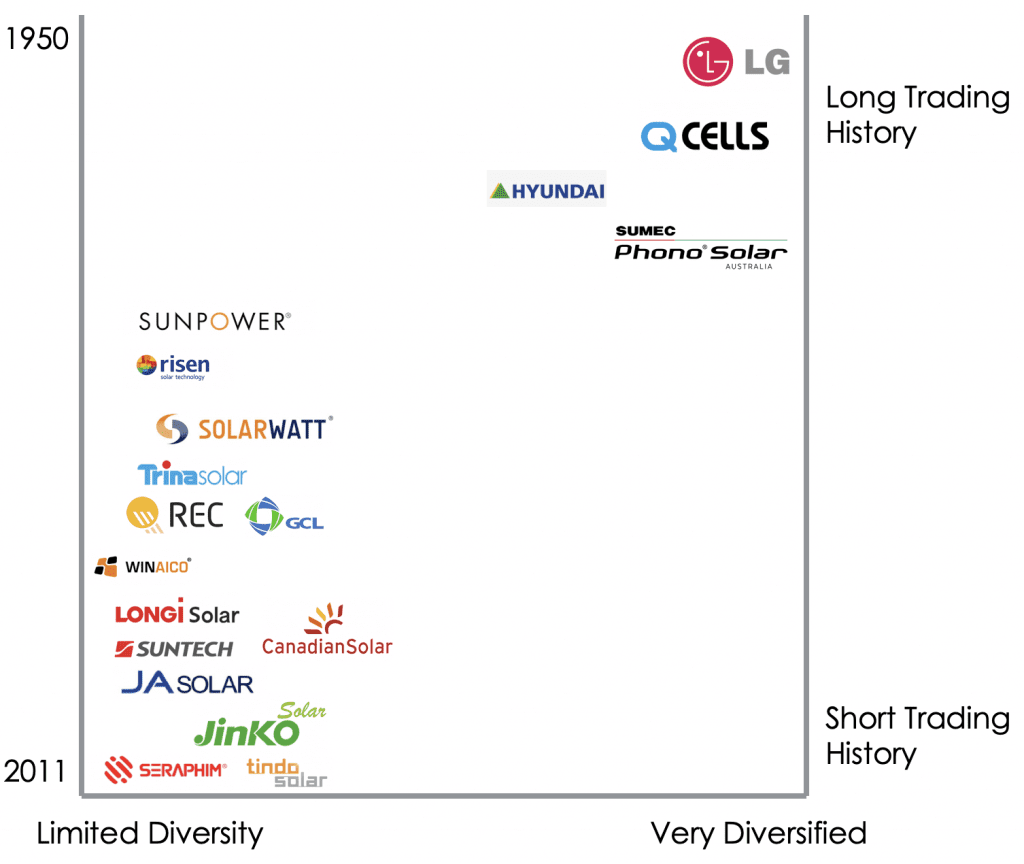
LG (parent company 1958), Q Cell (Hanwha 1952), Hyundia (Parent company 1967), Sumec Phono Solar (Parent company 1978), Canadian Solar (2001), Trina (1997), REC (1996), GCL (1996), Longhi (2000), Sunpower (1985), Risen (1986), Suntech (2001), Solarwatt (1993), Jinko (2006), Seraphim (2011), Winaico (2003), Tindo 2011, JA Solar 2005.
The next thing to consider is: who makes the most reliable solar panel?
Reliability forms a massive part of which is best solar panels in 2023. However, this question is very tricky to answer as technology changes quite quickly in the solar industry, and solar panels should have a really long lifespan making it more difficult to test real-world reliability. So, looking at a Trina Solar panel from 8-years ago and suggesting the brand-new version will replicate the same reliability is not an accurate way of looking at things, because the new version is totally different to the older one.
So, to try and look at the long-term reliability we can turn to engineering reports that test the degradation of panels in a lab. The most popular report here would be the DNV-GL PV Module Scorecard released each year. This report tests the various degrading factors of solar panels and determines which one is most likely to fare well over the long-term. There are also other similar, less popular reports available to the public too.
However, these reports will test a single panel from each chosen line from the manufacturers providing samples for testing. They will subject each solar panel to different testing and then rank them on the individual tests. This is very useful, but in the real world a warranty claim would most likely be necessary if you purchased a solar panel that was part of a “bad batch” of panels from any manufacturer. This could come from any manufacturer, regardless of how great their singular panel does in the lab testing. All of the solar panels in this article come from reputable manufacturers, and some do better than others in the DNV-GL testing. So, we can use this testing to look at the overall reliability of a solar module, it does not mean you are definitely not going to have any reliability issues with your own chosen solar panels.
For this reason, we believe the best way of ticking this box is to come back to how likely the manufacturer will be there to help you of there ever is a warranty claim, and how likely is the solar retailer you have bought your solar panels from likely to be there to help. Rather than spending your time reading various reports and trying to become an expert on solar panel reliability testing to work out which is the best solar panel in 2023. Our advice would be finding a manufacturer who is most likely to be around in the long-term, and a solar retailer who is most likely to be there too!
This may seem like a cop-out and we could take a much closer look at how the individual solar panels perform in reliability tests, but realistically the most important factor here is how well you are going to be looked after if something does go wrong! In addition to this, as mentioned we are only looking at reputable solar panel manufacturers in this article so if you stick to this list, most will do well in the various lab testing reports.
Equally important, is measuring how reputable the solar retailer (the company you are actually buying your solar panels from) is, and how likely they are to help in the future. Because we are a solar retailer, we will not create charts showing who we think is more reputable and likely to help. What we would suggest is to do your own research here. These are a few ways you can get some transparency and work out for yourself how reputable they are:
- Do some ABN checks to see how long they have been trading.
- Ask questions about alternative products from what they have quoted and see if you get honest feedback (if the consultant is telling you everything is terrible compared to what they have quoted then this is usually a bad sign – there are pros and cons of every solar panel).
- Check the third-party reviews.
- Read their content on their website and make up your own mind as to whether they are offering genuine advice or telling you what you want to hear so you buy specifically what they want you to.
This brings us to the next section: Which solar panel will perform the best?
The performance of your solar panel is a crucial factor to work out which is the best solar panel in 2023. It will determine how much energy you will actually produce, and therefore how much money you will save. All of the solar panel manufacturers in this article make a few different panels, so we have grouped them together and ranked them below as a whole. Important note: we are not ranking solar panel here by the datasheet efficiency as we believe that fact can be slightly misunderstood (see the most efficient solar panel for explanation). The chart is designed as a generalisation of how solar panels will actually perform in the real world. It is based on a range of factors including: our own testing, testing at third party facilities such as desert knowledge in Alice Springs and general industry and customer feedback over the last decade.
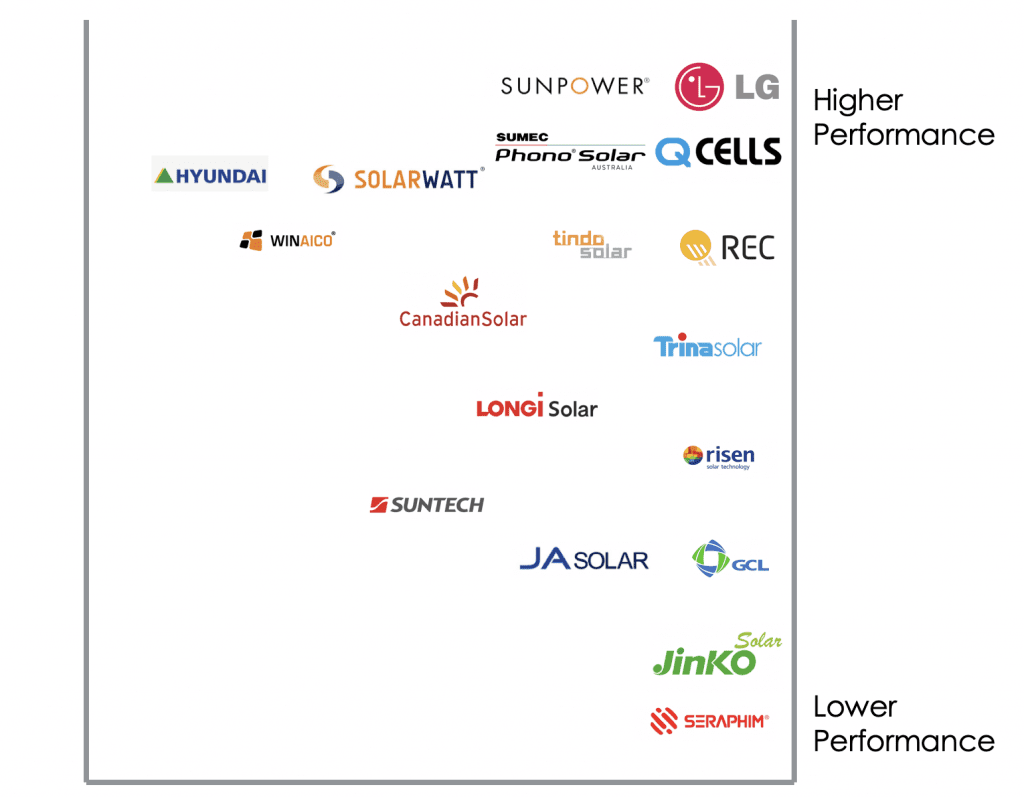
The chart shows what we believe to be the best performing panels at the top of the table, and the lower performing panels at the bottom. For full disclosure, we do sell more of the panels at the top of this chart compared to the bottom. So, have we ranked them this way because we sell more, or, do we sell more because they are genuinely ranked this way? We are an open book at GI Energy and will openly share data to support this chart with anyone who is interested. This chart is a genuine representation of how we believe these panels will perform for you.
This brings us to our last point of analysis when choosing a solar panel: how much do solar panels cost?
Cost is obviously a very important factor when trying to find out which is the best solar panel in 2023. The return on investment (ROI) is probably the most important factor for most customers buying solar panels. We would encourage customers not to base their whole decision on how much a solar panel costs though as being backed by a diverse manufacturer and a good solar retailer is the most important factor. Furthermore, the overall cost of a solar installation is based on much more than just the solar panel cost and if you are dealing with a quality install team, who uses better quality electrical equipment and more skilled labour, then the over all cost will be slightly higher.
As with all of the above categories we can’t place enough importance in ensuring you are dealing with a credible solar retailer with a long trading history, and you are backed by a large diverse solar panel manufacturer!
The chart below shows solar panel pricing at the time of writing. Please note there are quite a few panels with a very similar price point here and they will fluctuate over time based on who is pushing harder for market share at the time.
Please also remember a lower cost does not mean a better deal. Also, just because you are paying the most for something, it does not mean you are getting the “best” for what you need! Please consider all of the factors in this article before making a decision for which solar panels are best for you. When you are buying a new car, would you base your decision purely on cost? Most likely, you would take into consideration many other factors, and choosing a solar panel would be no different.
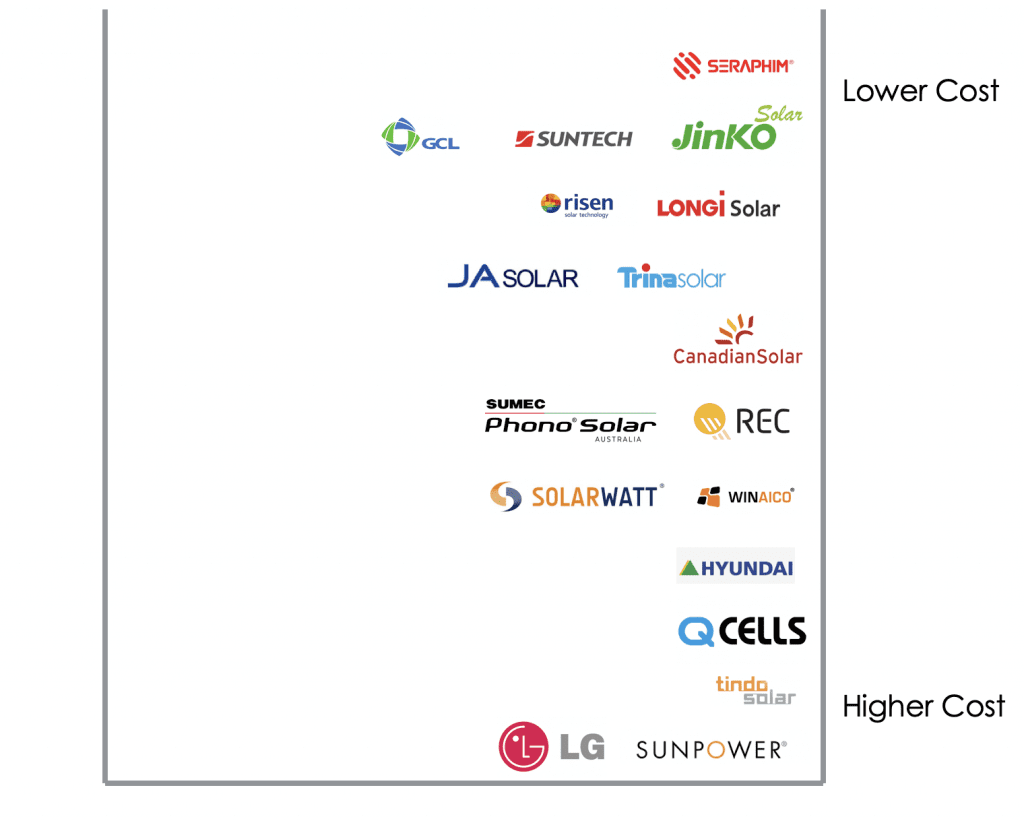
Summary:
That’s brings us to the end of the overall criteria for assessing the best solar panel in 2023. It is important to remember here that everyone is different – some people may need to prioritise cost, others may prioritise performance, and then others may prioritise the manufacturers long-term credibility. Ideally, you would get a great mix of all of the above, which would mean you would be paying just above the mid-price point mark in order to get the benefits of the diverse manufacturer and better performance.
Here are some other helpful links:

